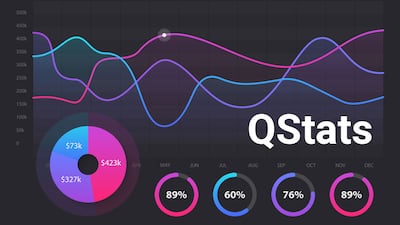The dominant theme during LivaNova PLC's second quarter earnings call on August 1 – once updates on Japanese approval and reimbursement for the sutureless aortic heart valve (Perceval), TMVR trials (ongoing) and the ImThera OSA trial (paused) were delivered – was current efforts to seek US coverage for Vagus Nerve Stimulation (VNS) for treatment of resistant depression (TRD).
The UK-headquartered group is seeking "adequate patient access" to the therapy for TRD sufferers, who are defined as patients who...
Read the full article – start your free trial today!
Join thousands of industry professionals who rely on In Vivo for daily insights
- Start your 7-day free trial
- Explore trusted news, analysis, and insights
- Access comprehensive global coverage
- Enjoy instant access – no credit card required
Already a subscriber?



